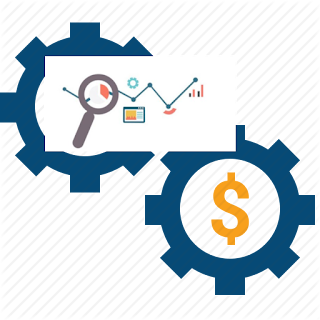How to maintain Model Effectiveness after deployed

When we ready to deploy a good predictive model which given a good accuracy score on training and testing dataset, there is one more problem to solve. How long will this model effectively solve the problem with the same high accuracy and what is the strategy to maintain the model accuracy. We also need to know what action we need to take when the model's effectiveness on the decline trend. In this article, I am sharing my strategy for validating and maintaining the predictive model effectiveness. We can two things we can take before deploying a model in production First, if possible add a low percentage of negative test data as part of model results. Negative testing is a method of testing an application that ensures that the model handles the unwanted input the way it should be. For example, for a recommendation model that recommends potential customers from large customer datasets to call for a marketing purpose based on the customer. In this model, including a low recom

